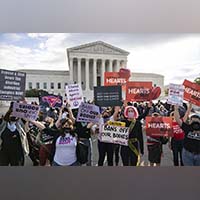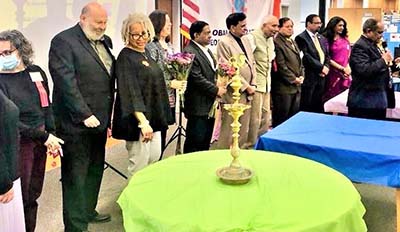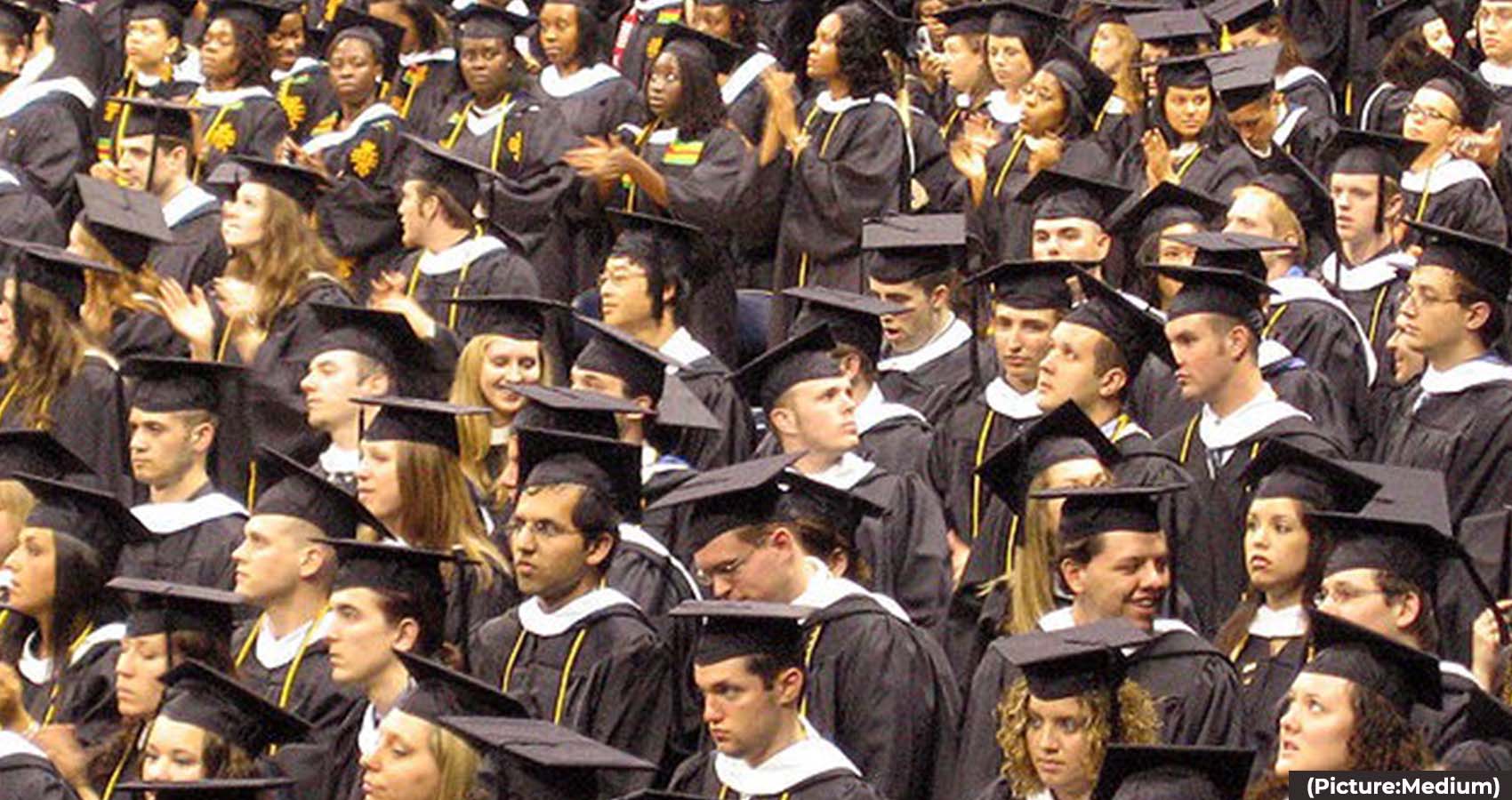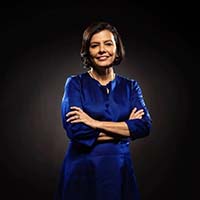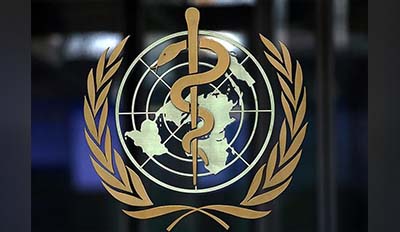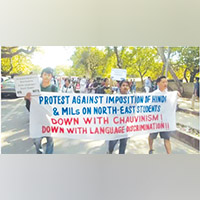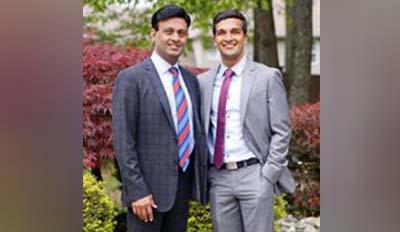In 2018, the global median level of government restrictions on religion – that is, laws, policies and actions by officials that impinge on religious beliefs and practices – continued to climb, reaching an all-time high since Pew Research Center began tracking these trends in 2007.
The year-over-year increase from 2017 to 2018 was relatively modest, but it contributed to a substantial rise in government restrictions on religion over more than a decade. In 2007, the first year of the study, the global median score on the Government Restrictions Index (a 10-point scale based on 20 indicators) was 1.8. After some fluctuation in the early years, the median score has risen steadily since 2011 and now stands at 2.9 for 2018, the most recent full year for which data is available.
The increase in government restrictions reflects a wide variety of events around the world, including a rise from 2017 to 2018 in the number of governments using force – such as detentions and physical abuse – to coerce religious groups.
The total number of countries with “high” or “very high” levels of government restrictions has been mounting as well. Most recently, that number climbed from 52 countries (26% of the 198 countries and territories included in the study) in 2017 to 56 countries (28%) in 2018. The latest figures are close to the 2012 peak in the top two tiers of the Government Restrictions Index.
As of 2018, most of the 56 countries with high or very high levels of government restrictions on religion are in the Asia-Pacific region (25 countries, or half of all countries in that region) or the Middle East-North Africa region (18 countries, or 90% of all countries in the region).
Rising government restrictions in the Asia-Pacific region
Out of the five regions examined in the study, the Middle East and North Africa continued to have the highest median level of government restrictions in 2018 (6.2 out of 10). However, Asia and the Pacific had the largest increase in its median government restrictions score, rising from 3.8 in 2017 to 4.4 in 2018, partly because a greater number of governments in the region used force against religious groups, including property damage, detention, displacement, abuse and killings.
In total, 31 out of 50 countries (62%) in Asia and the Pacific experienced government use of force related to religion, up from 26 countries (52%) in 2017. The increase was concentrated in the category of “low levels” of government use of force (between one and nine incidents during the year). In 2018, 10 Asia-Pacific countries fell into this category, up from five the previous year..
In Armenia, for example, a prominent member of the Baha’i faith was detained on religious grounds, according to members of the community.1 And in the Philippines, three United Methodist Church missionaries were forced to leave the country or faced issues with visa renewals after they were involved in investigating human rights violations on a fact-finding mission.
But the region also saw several instances of widespread use of government force against religious groups. In Burma (Myanmar), large-scale displacement of religious minorities continued. During the course of the year, more than 14,500 Rohingya Muslims were reported by Human Rights Watch to have fled to neighboring Bangladesh to escape abuses, and at least 4,500 Rohingya were stuck in a border area known as “no-man’s land,” where they were harassed by Burmese officials trying to get them to cross to Bangladesh.3 In addition, fighting between the Burmese military and armed ethnic organizations in the states of Kachin and Shan led to the displacement of other religious minorities, mostly Christians.
Meanwhile, in Uzbekistan, it is estimated that at least 1,500 Muslim religious prisoners remained in prison on charges of religious extremism or membership in banned groups. Some countries in the Asia-Pacific region saw all-time highs in their overall government restrictions scores. This includes China, which continued to have the highest score on the Government Restrictions Index (GRI) out of all 198 countries and territories in the study. China has been near the top of the list of most restrictive governments in each year since the inception of the study, and in 2018 it reached a new peak in its score (9.3 out of 10).
The Chinese government restricts religion in a variety of ways, including banning entire religious groups (such as the Falun Gong movement and several Christian groups), prohibiting certain religious practices, raiding places of worship and detaining and torturing individuals.6 In 2018, the government continued a detention campaign against Uighurs, ethnic Kazakhs and other Muslims in Xinjiang province, holding at least 800,000 (and possibly up to 2 million) in detention facilities “designed to erase religious and ethnic identities,” according to the U.S. State Department.
Tajikistan also stands out with a GRI score of 7.9, an all-time high for that country. In 2018, the Tajik government amended its religion law, increasing control over religious education domestically and over those who travel abroad for religious education. The amendment also requires religious groups to report their activities to authorities and requires state approval for appointing imams. Throughout the year, the Tajik government continued to deny minority religious groups, such as Jehovah’s Witnesses, official recognition. In January, Jehovah’s Witnesses reported that more than a dozen members were interrogated by police and pressured to renounce their faith.
While these are examples of countries with “very high” government restrictions on religion in Asia and the Pacific, there also are several notable countries in the “high” category that experienced an increase in their scores. India, for example, reached a new peak in its GRI score in 2018, scoring 5.9 out of 10 on the index, while Thailand also experienced an all-time high (5.4).
In India, anti-conversion laws affected minority religious groups. For example, in the state of Uttar Pradesh in September, police charged 271 Christians with attempting to convert people by drugging them and “spreading lies about Hinduism.” Furthermore, throughout the year, politicians made comments targeting religious minorities. In December, the Shiv Sena Party, which holds seats in parliament, published an editorial calling for measures such as mandatory family planning for Muslims to limit their population growth. And law enforcement officials were involved in cases against religious minorities: In Jammu and Kashmir, four police personnel, among others, were arrested in connection with the kidnapping, rape and killing of an 8-year-old girl from a nomadic Muslim family, reportedly to push her community out of the area.
In Thailand, as part of broader immigration raids in 2018, the government arrested hundreds of immigrants who allegedly did not have legal status, including religious minorities from other countries who were seeking asylum or refugee status. Among the detainees were Christians and Ahmadi Muslims from Pakistan as well as Christian Montagnards from Vietnam. During the year, Thai authorities also detained six leading Buddhist monks, a move that the government said was an effort to curb corruption but that some observers called a politically motivated attempt to assert control over temples. Government restrictions on religion in other regions
While Asia and the Pacific had the largest increases in their Government Restrictions Index scores, the Middle East and North Africa still had the highest median level of government restrictions, with a score of 6.2 on the GRI – up from 6.0 in 2017, more than double the global median (2.9), and at its highest point since the aftermath of the Arab Spring in 2012.
As in Asia, the rise in GRI scores in the Middle East and North Africa was partly due to more governments using force against religious groups. All but one country in the region had reports of government use of force related to religion in 2018, although many were at the lowest level (between one and nine incidents). In Jordan, for example, a media personality and an editor employed at his website were detained and charged with “sectarian incitement and causing religious strife” for posting on Facebook a cartoon of a Turkish chef sprinkling salt at Jesus’ Last Supper.
But government force against religious groups was much more widespread in some countries in the region. In Saudi Arabia, for instance, more than 300 Shiite Muslims remained in prison in the country’s Eastern Province, where the government has arrested more than 1,000 Shiites since 2011 in connection with protests for greater rights.
Aside from Asia-Pacific and the Middle East-North Africa, sub-Saharan Africa was the only other region to experience an increase in its median level of government restrictions in 2018 (from 2.6 to 2.7), reaching a new high following a steady rise in recent years. While government use of force against religious groups decreased in the region, both harassment of religious groups and physical violence against minority groups went up.
More than eight-in-ten countries in the sub-Saharan region (40 out of 48) experienced some form of government harassment of religious groups, and 14 countries (29%) had reports of governments using physical coercion against religious minorities. In Mozambique, for example, the government arbitrarily detained men, women and children who appeared to be Muslim in response to violent attacks on civilians and security forces by an insurgent group. According to media and local organizations, the government response to the attacks was “heavy-handed.”13
Europe experienced a small decline in its median level of government restrictions, falling from 2.9 in 2017 to 2.8 in 2018, although government use of force increased slightly (see Chapter 3 for details). The median level of government restrictions in the Americas, meanwhile, remained stable between 2017 and 2018, as the region continued to experience the lowest levels of government restrictions compared with all other regions. Social hostilities involving religion declined slightly in 2018.
This is the 11th annual report in this continuing study, which looks not only at government restrictions on religion but also at social hostilities involving religion – that is, acts of religion-related hostility by private individuals, organizations or groups in society.
The new analysis finds that globally, social hostilities declined slightly in 2018 after hitting an all-time high the prior year. The median score on the Social Hostilities Index (a 10-point scale based on 13 measures of social hostilities involving religion) fell from 2.1 in 2017 to 2.0 in 2018. This small decline was partly due to fewer reports of incidents in which some religious groups (usually of a majority faith in a particular country) attempted to prevent other religious groups (usually of minority faiths) from operating. There also were fewer reports of individuals being assaulted or displaced from their homes for religious expression that goes against the majority faith in a country.
The number of countries with “high” or “very high” levels of social hostilities involving religion also declined slightly from 56 (28% of all 198 countries and territories in the study) to 53 (27%). This includes 16 European countries (36% of all countries in Europe), 14 in the Asia-Pacific region (28% of all Asia-Pacific countries) and 11 in the Middle East and North Africa (55% of MENA countries).
Taken together, in 2018, 40% of the world’s countries (80 countries overall) had “high” or “very high” levels of overall restrictions on religion — reflecting either government actions or hostile acts by private individuals, organizations or social groups – down slightly from 42% (83 countries) in 2017. This remains close to the 11-year peak that was reached in 2012, when 43% (85 countries) had high or very high levels of overall restrictions. By this combined measure, as of 2018, all 20 countries in the Middle East-North Africa region have high overall restrictions on religion, as do more than half of Asia-Pacific countries (27 countries, or 54% of the region) and more than a third of countries in Europe (17 countries, 38%).
In this report, for the first time, Pew Research Center combined its data on government restrictions and social hostilities involving religion with a classification of regime types, based on the Democracy Index compiled by the Economist Intelligence Unit.14 Researchers did this to discern whether there is a link between different models of government and levels of restrictions on religion – in other words, whether restrictions on religion tend to be more or less common in countries with full or partial democracies than in those with authoritarian regimes.
The analysis finds a strong association between authoritarianism and government restrictions on religion. While there are many exceptions to this pattern, authoritarian regimes are much more common among the countries with very high government restrictions on religion – roughly two-thirds of these countries (65%) are classified as authoritarian. Among countries with low government restrictions on religion, meanwhile, just 7% are authoritarian.
There is less of a clear pattern when it comes to social hostilities involving religion. There are no countries classified by the Economist Intelligence Unit as full democracies that have very high levels of social hostilities involving religion (just as there are no full democracies with very high levels of government restrictions involving religion). At the same time, there are many authoritarian countries with low levels of social hostilities involving religion, suggesting that in some cases, a government may restrict religion through laws and actions by state authorities while limiting religious hostilities among its citizens.
When looking at countries with very high government restrictions on religion, Pew Research Center found that of the 26 countries in this category whose regimes were scored by the EIU on its Democracy Index in 2018, 17 (65%) were classified as authoritarian, three were hybrid regimes (12%) and three were flawed democracies (12%). There were no countries with very high government restrictions that were full democracies.16 The three countries with very high government restrictions that were classified as flawed democracies – Malaysia, Indonesia and Singapore – all are regionally clustered in Southeast Asia.
Of the 30 countries with high government restrictions on religion, there were 12 authoritarian states (40%), 11 hybrid regimes (37%) and six flawed democracies (20%), according to the EIU Democracy Index. One full democracy, Denmark, also was in this category. In 2018, Denmark fell into the high government restrictions category for the first time, with its score driven partly by a ban on face coverings, which included Islamic burqas and niqabs, that went into effect that year.
At the other end of the spectrum, among the 74 countries with low government restrictions, just five were classified as authoritarian (7%), 13 were hybrid regimes (18%), 27 were flawed democracies (36%) and seven were full democracies (9%). The countries with low government restrictions on religion that were also classified as authoritarian by the Democracy Index are all in sub-Saharan Africa: Gabon, Guinea-Bissau, Republic of the Congo, Swaziland and Togo. There was no Democracy Index classification of regime type for 22 countries with low government restrictions.
In terms of social hostilities involving religion, the picture is more mixed – which makes sense given that social hostilities look at actions by private individuals or social groups and do not directly originate from government actions.
Among the 10 countries with very high levels of social hostilities, there were four authoritarian states, three hybrid regimes and three flawed democracies – India, Israel and Sri Lanka. Again, like countries with very high government restrictions, there were no full democracies with very high levels of social hostilities.
Among the 43 countries with high levels of social hostilities, nine were classified as authoritarian (21%), 14 were hybrid regimes (33%), 13 were flawed democracies (30%) and five were full democracies (12%).
The five countries categorized as full democracies with high levels of social hostilities are all in Europe – Denmark, Germany, the Netherlands, Switzerland and the United Kingdom – and all had reports of anti-Muslim and anti-Semitic incidents. In Switzerland, for instance, Muslim groups reported growing anti-Muslim sentiments due to negative coverage by the media and hostile discourse on Islam by right-leaning political parties. During the year, for instance, a journalist who had initiated a local ban on face coverings handed out a “Swiss Stop Islam Award” of about $2,000 USD to three recipients.
Among the 81 countries with low levels of social hostilities in 2018, there were 24 with no data on regime types (mostly small island nations the Democracy Index does not cover). Those with data are most commonly classified as flawed democracies (26 countries, or 32% of the 81 countries with low social hostilities).
But, strikingly, 17 countries (21%) with low social hostilities involving religion were classified as authoritarian – including countries like Eritrea and Kazakhstan, which have very high government restrictions on religion. In addition, several other authoritarian states with very high government restrictions on religion – such as China, Iran and Uzbekistan – have only moderate levels of social hostilities involving religion. In these cases, high levels of government control over religion may lead to fewer hostilities by nongovernment actors.
 The greater New York area is home to some 717,000 Indian citizens, according to the latest U.S. Census estimates. Nationwide, people of Indian origin represent about 1 percent of the population. In fact, India is currently the largest source of new immigrants to America, surpassing Mexico and China.
The greater New York area is home to some 717,000 Indian citizens, according to the latest U.S. Census estimates. Nationwide, people of Indian origin represent about 1 percent of the population. In fact, India is currently the largest source of new immigrants to America, surpassing Mexico and China.
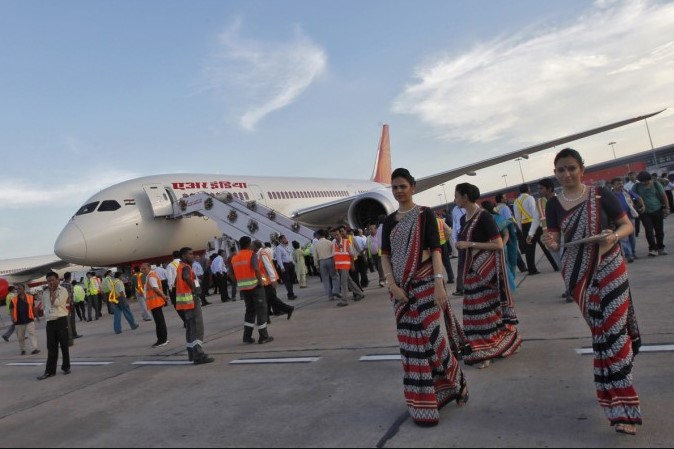


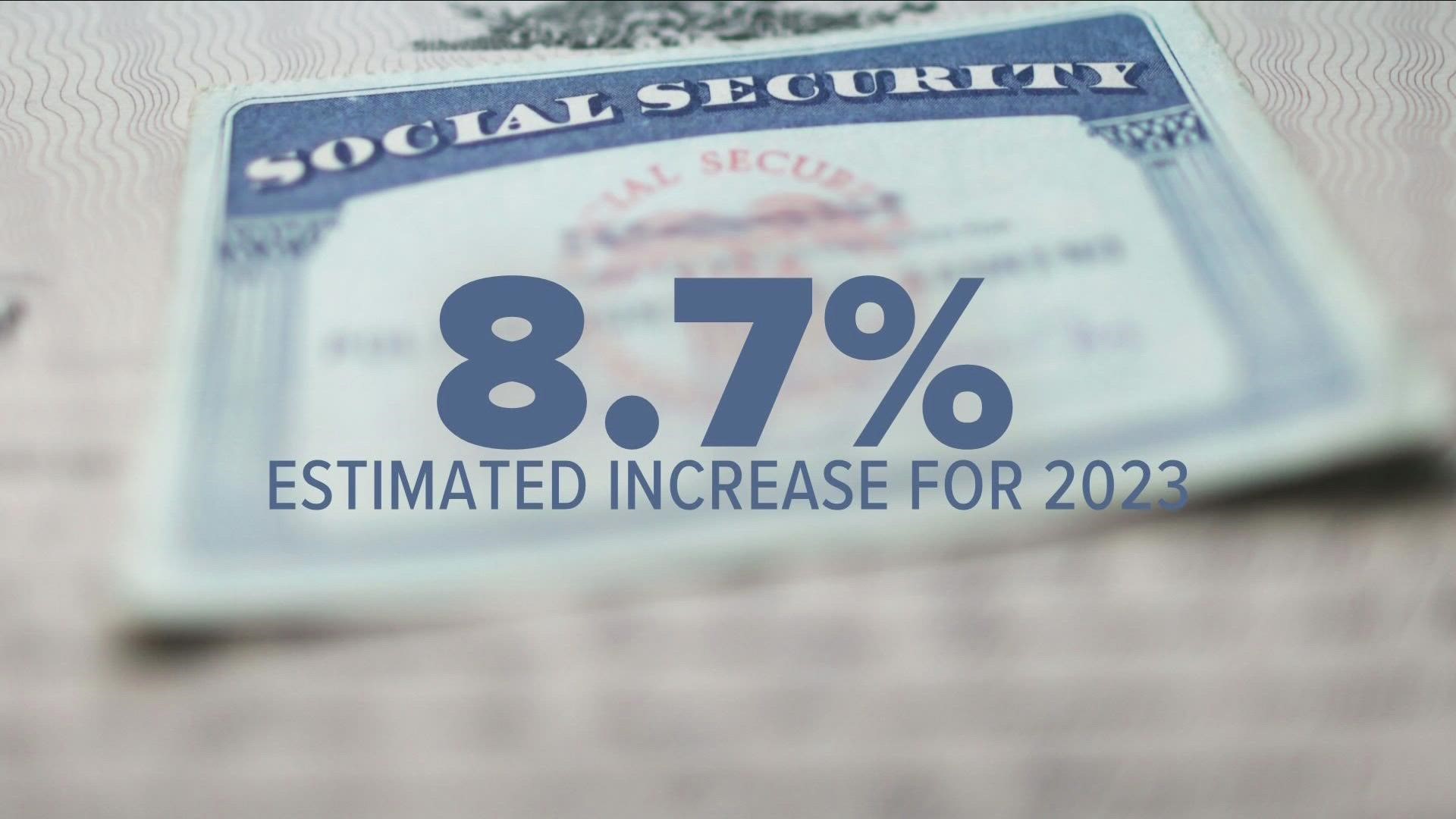
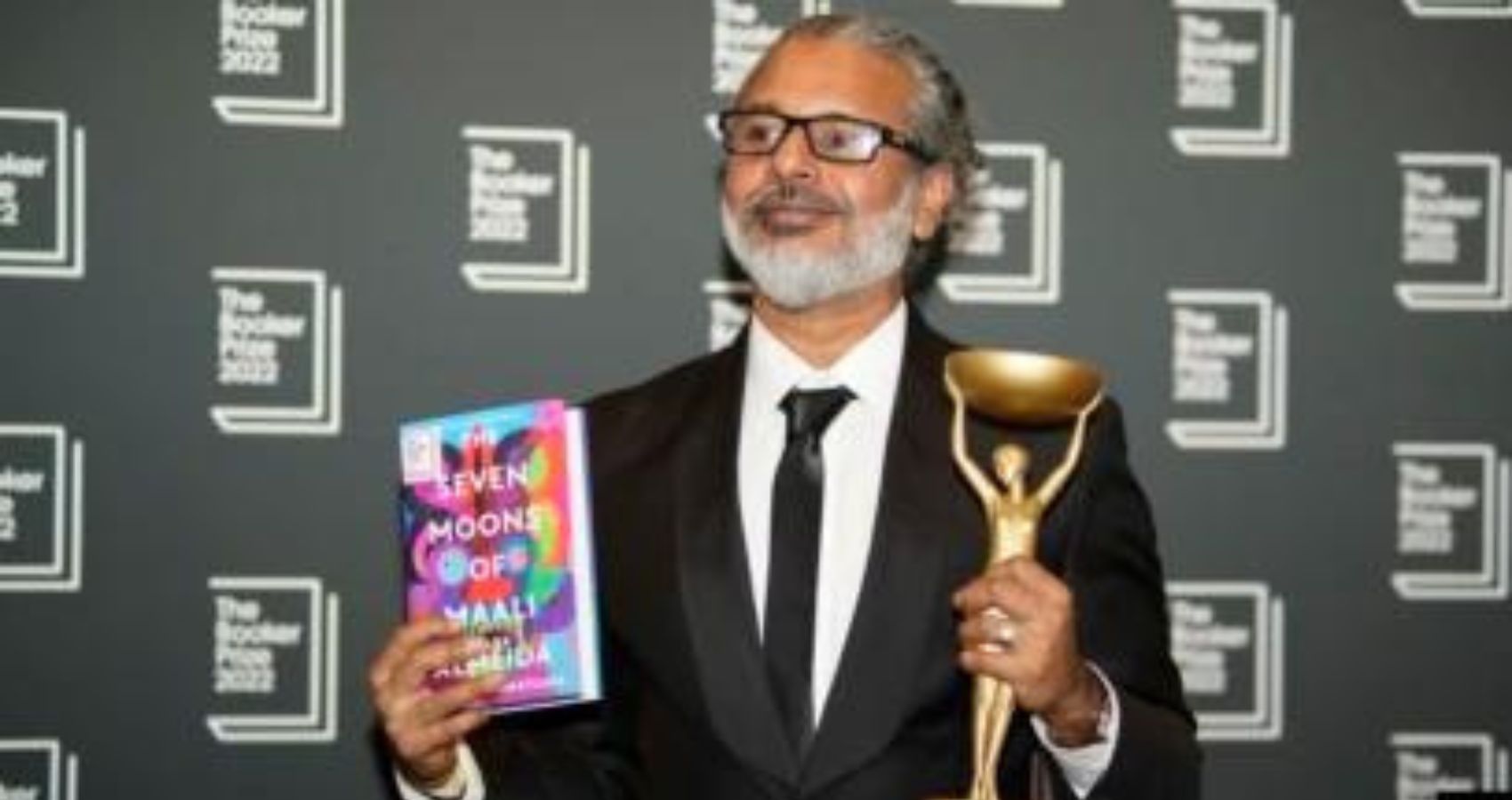


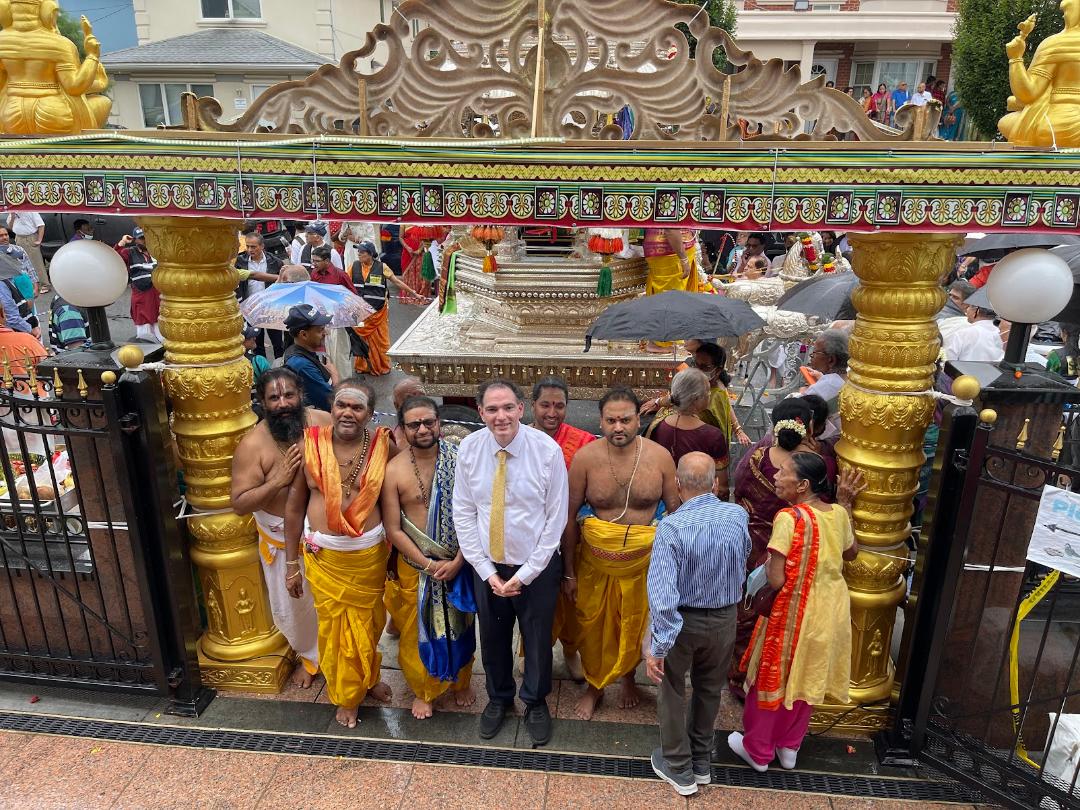

 Vishnu, the preserver, comes to earth in times of distress in order to maintain the cosmic order. Dr. Harshita Kamath, Koppaka Assistant Professor in Telugu Culture, Literature, and History, will discuss the conception of Vishnu in the Hindu pantheon and his role illustrated by the works in the exhibition
Vishnu, the preserver, comes to earth in times of distress in order to maintain the cosmic order. Dr. Harshita Kamath, Koppaka Assistant Professor in Telugu Culture, Literature, and History, will discuss the conception of Vishnu in the Hindu pantheon and his role illustrated by the works in the exhibition 






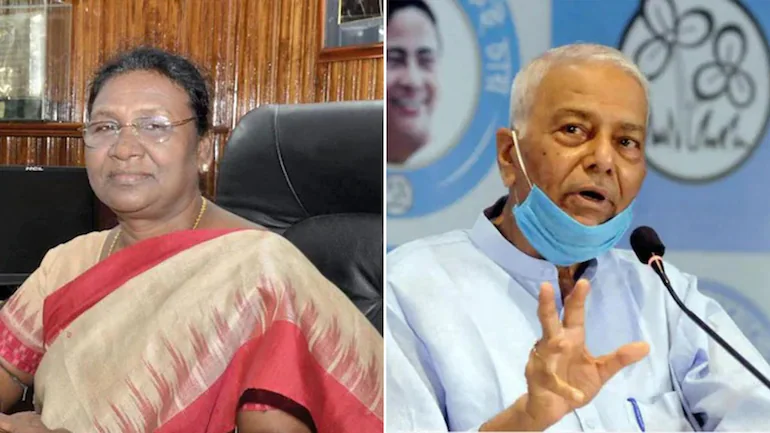

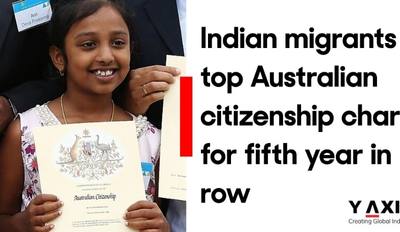
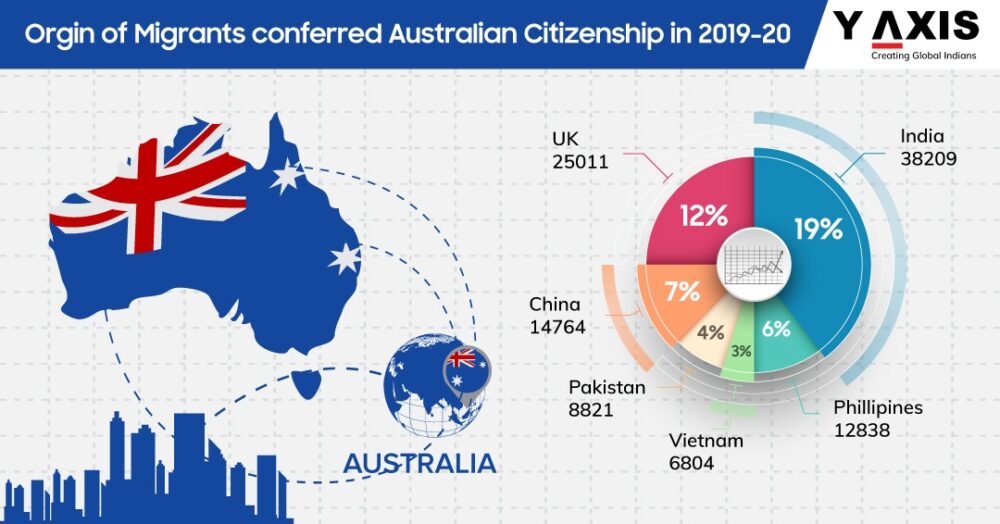
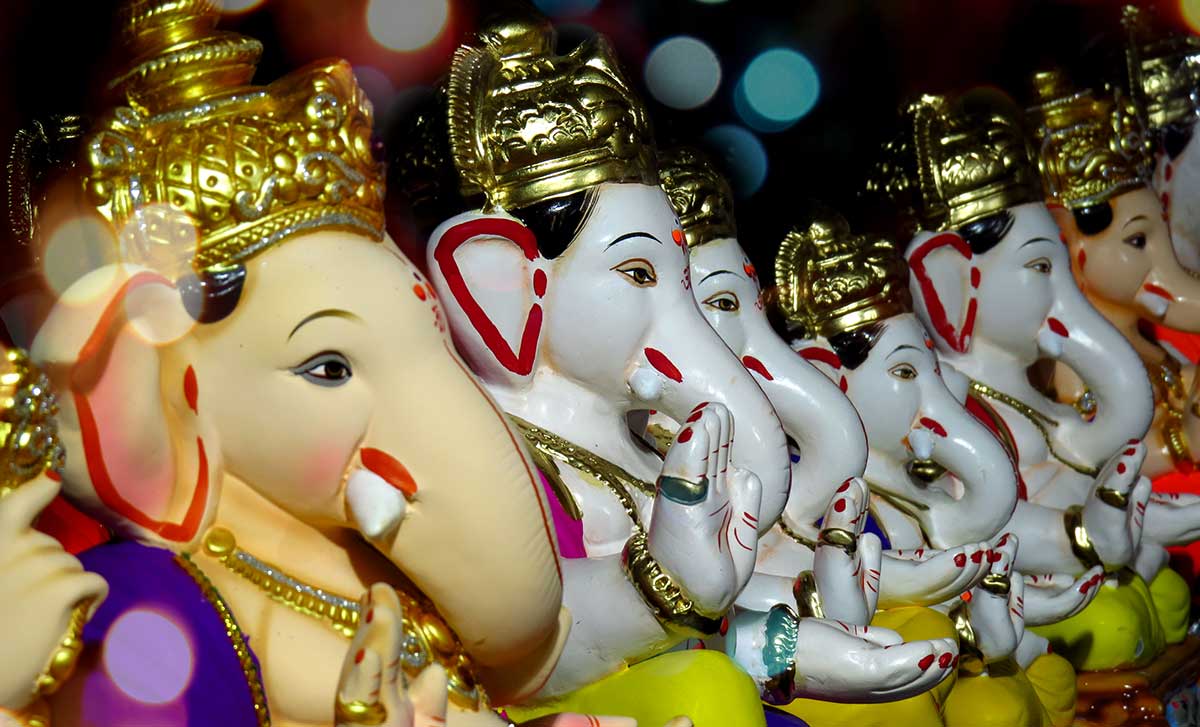

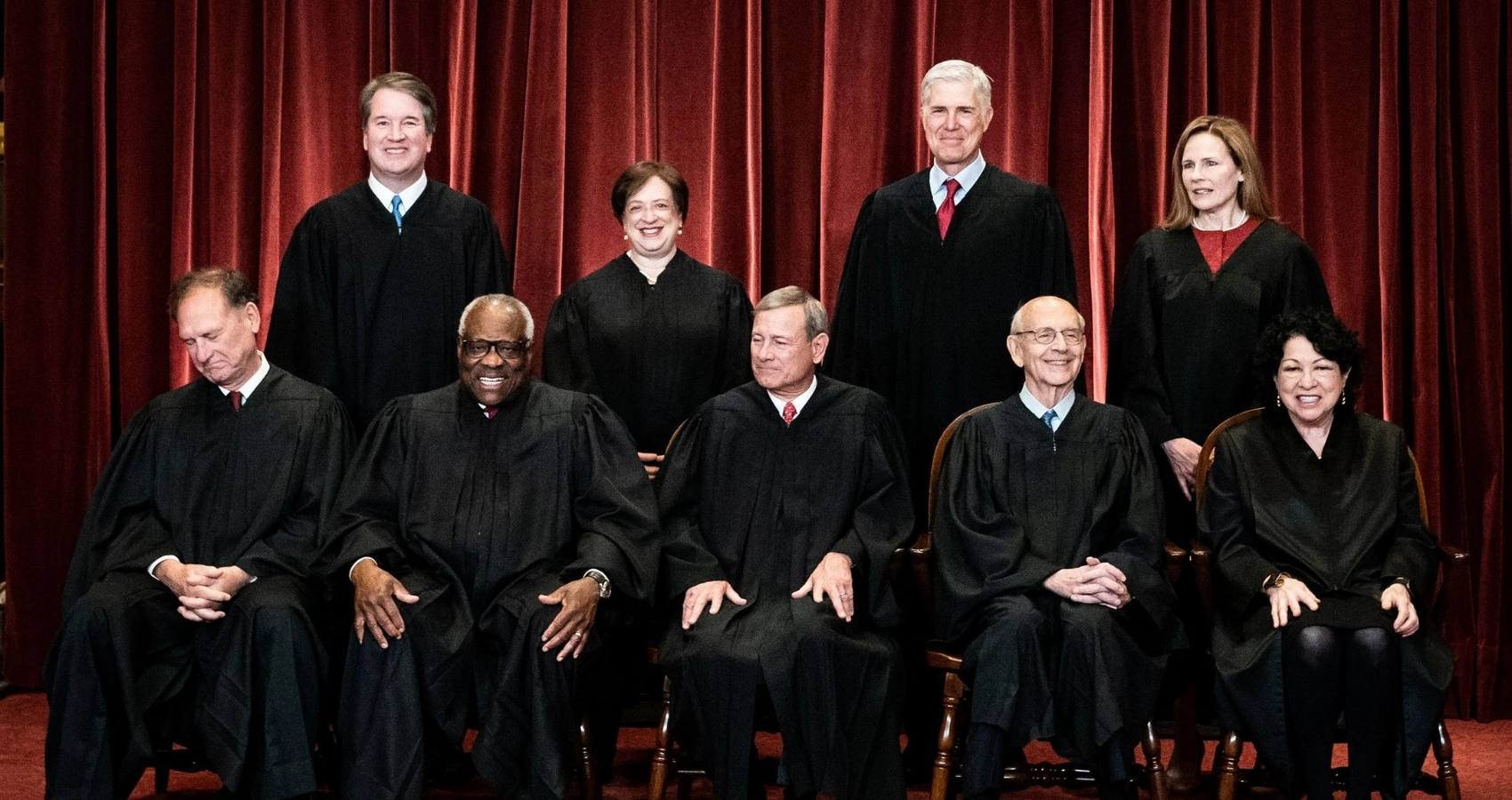
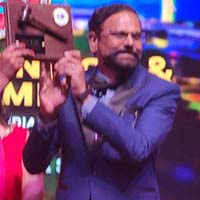
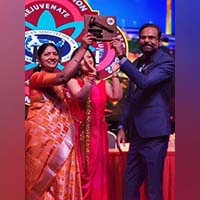
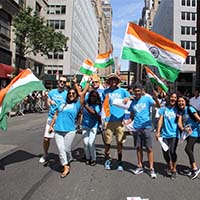
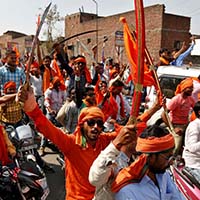
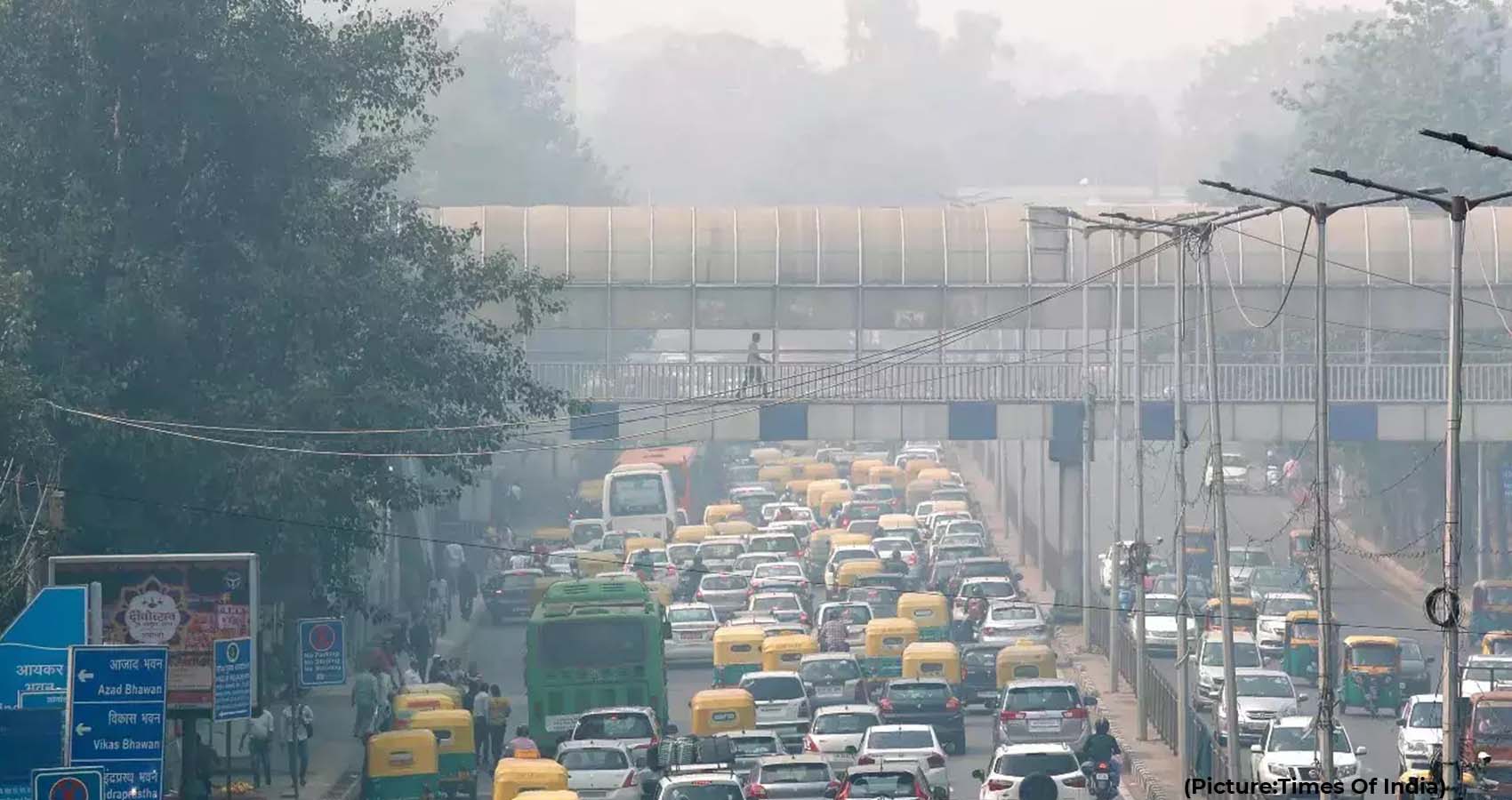
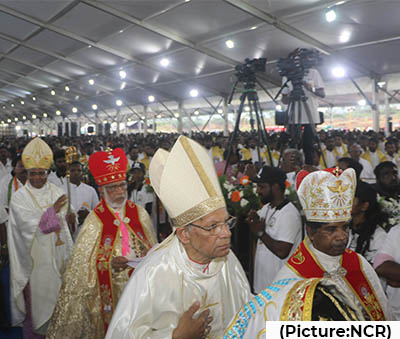
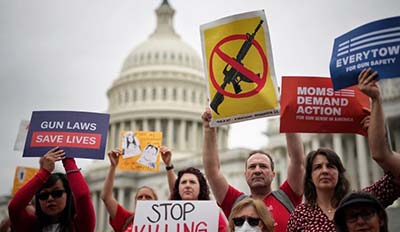
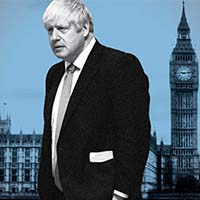
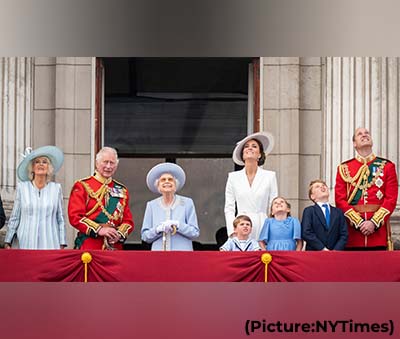
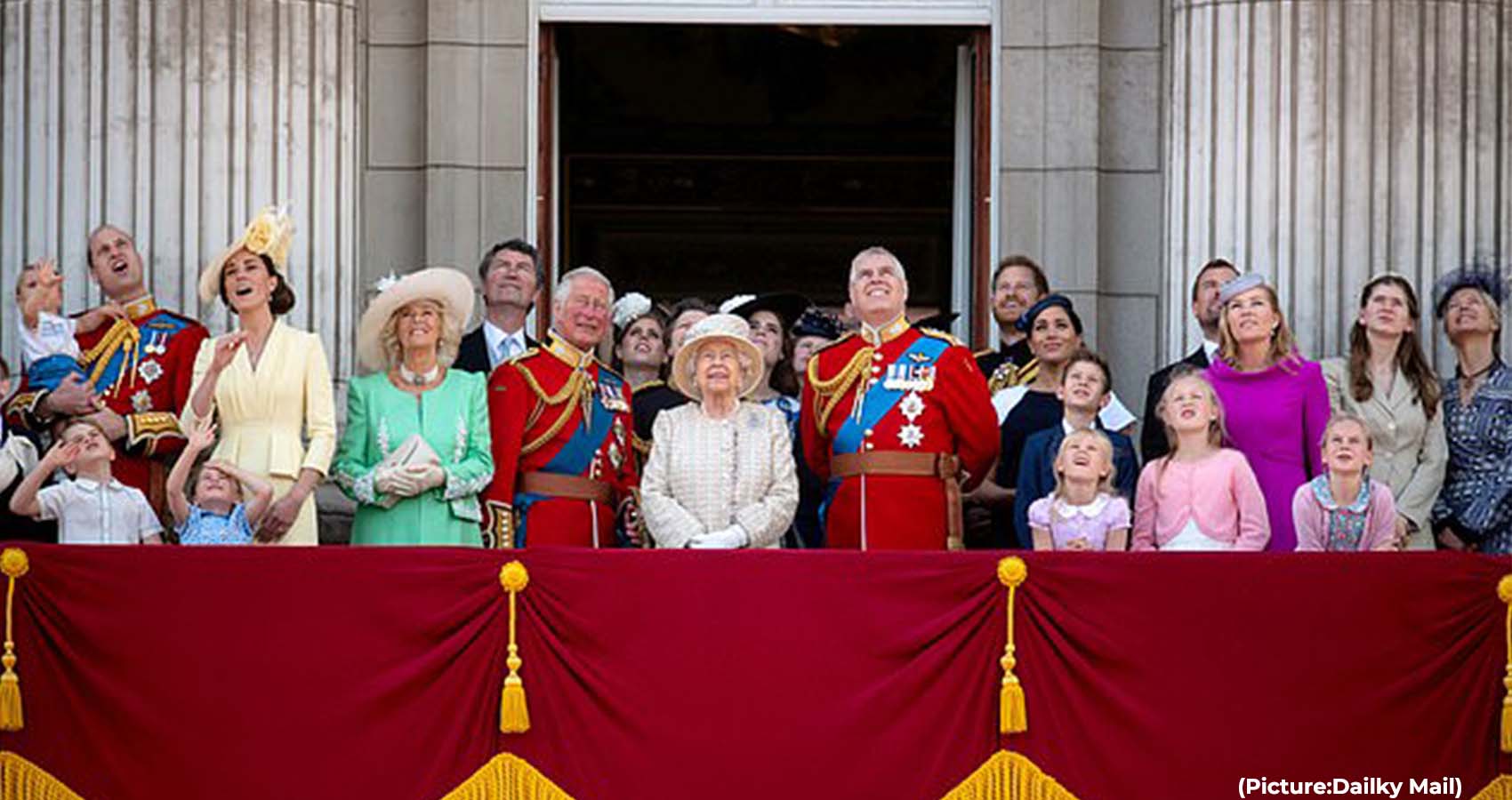
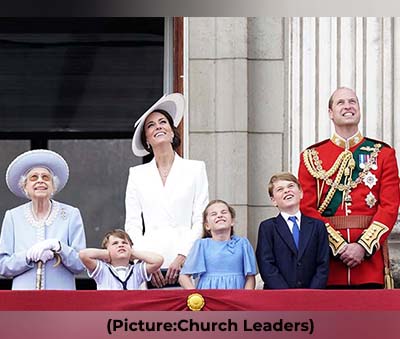
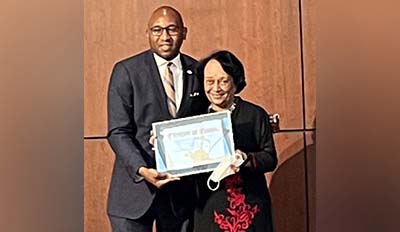

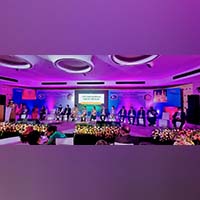
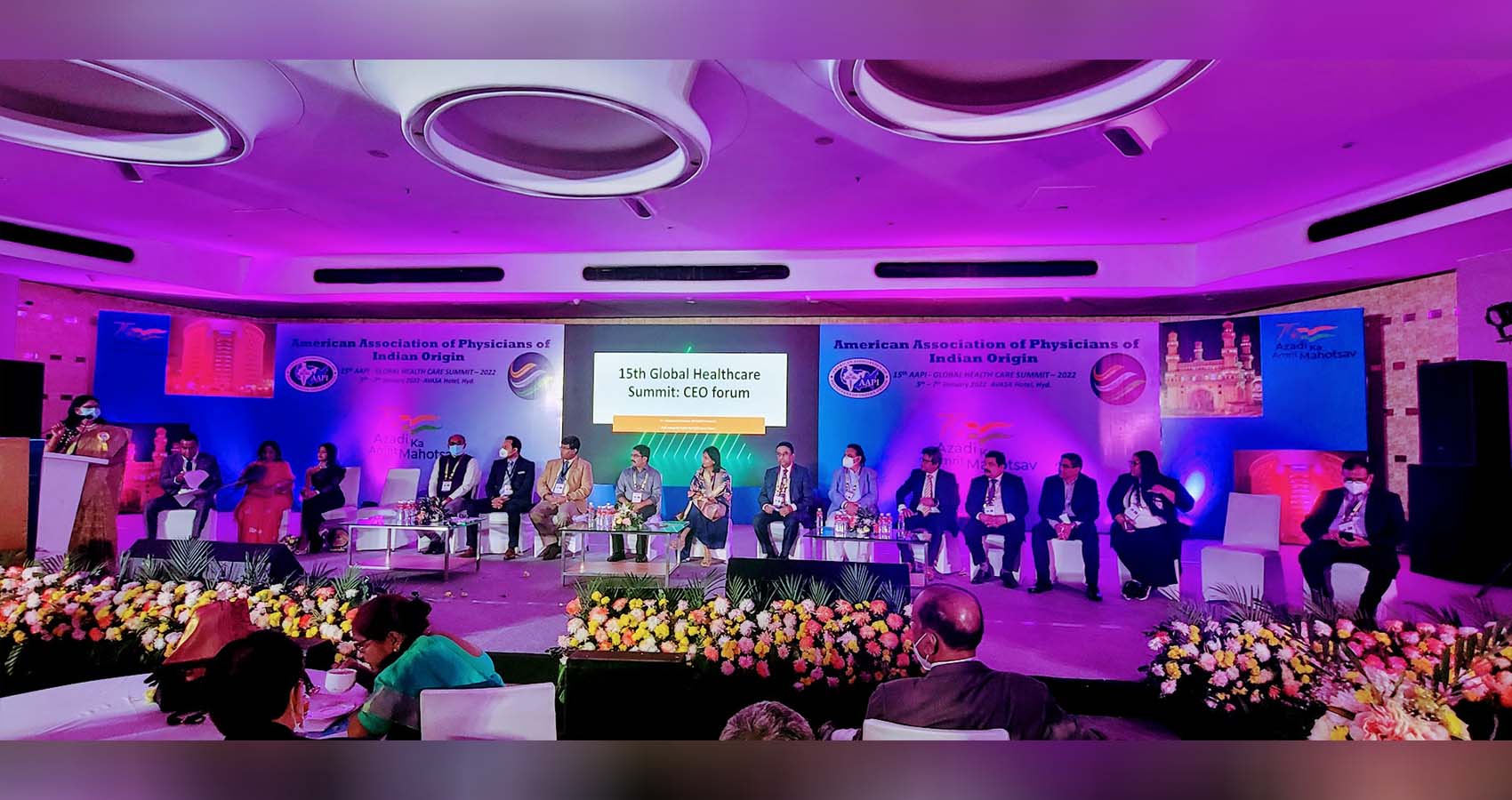
 While the trends are clear – the U.S. is steadily becoming less Christian and less religiously observant as the share of adults who are not religious grows – self-described Christians report that they attend religious services at about the same rate today as in 2009. Today, 62% of Christians say they attend religious services at least once or twice a month, which is identical to the share who said the same in 2009. In other words, the nation’s overall rate of religious attendance is declining not because Christians are attending church less often, but rather because there are now fewer Christians as a share of the population.
While the trends are clear – the U.S. is steadily becoming less Christian and less religiously observant as the share of adults who are not religious grows – self-described Christians report that they attend religious services at about the same rate today as in 2009. Today, 62% of Christians say they attend religious services at least once or twice a month, which is identical to the share who said the same in 2009. In other words, the nation’s overall rate of religious attendance is declining not because Christians are attending church less often, but rather because there are now fewer Christians as a share of the population. The trends documented in Pew Research Center surveys closely resemble those found in the long-running General Social Survey (GSS), a project of the independent research organization NORC at the University of Chicago, with principal funding from the National Science Foundation. In GSS surveys conducted in the early 2000s (2000 to 2004), 80% of U.S. adults identified as Christians, including 54% who described themselves as Protestants and 25% who were Catholic. By the late 2010s, 71% of GSS respondents described themselves as Christians (48% Protestant, 23% Catholic). Over the same period, the GSS found that religious “nones” grew from 14% of the U.S. adult population to 22%.
The trends documented in Pew Research Center surveys closely resemble those found in the long-running General Social Survey (GSS), a project of the independent research organization NORC at the University of Chicago, with principal funding from the National Science Foundation. In GSS surveys conducted in the early 2000s (2000 to 2004), 80% of U.S. adults identified as Christians, including 54% who described themselves as Protestants and 25% who were Catholic. By the late 2010s, 71% of GSS respondents described themselves as Christians (48% Protestant, 23% Catholic). Over the same period, the GSS found that religious “nones” grew from 14% of the U.S. adult population to 22%. Similarly, the GSS finds that a declining share of U.S. adults say they attend religious services regularly. In the most recent GSS studies, 43% of respondents say they attend religious services at least monthly, down from 47% in the early 2000s and 50% in the early 1990s. Meanwhile, the share of U.S. adults who say they “never” attend religious services now stands at 27%, up from 18% in the early 2000s and roughly double the share who said this in the early 1990s (14%).
Similarly, the GSS finds that a declining share of U.S. adults say they attend religious services regularly. In the most recent GSS studies, 43% of respondents say they attend religious services at least monthly, down from 47% in the early 2000s and 50% in the early 1990s. Meanwhile, the share of U.S. adults who say they “never” attend religious services now stands at 27%, up from 18% in the early 2000s and roughly double the share who said this in the early 1990s (14%). Among white adults, the share of people who say they attend religious services a few times a year or less now exceeds the share who attend monthly or more (57% vs. 42%); a decade ago, the white population was evenly divided between those who went to church at least monthly and those who did not. Regular churchgoers still outnumber those who infrequently or never go to religious services among black Americans (58% vs. 41%), though the share of people who say they attend religious services a few times a year or less often has risen over the last decade among black Americans, just as it has among the population as a whole. U.S. Hispanics are now about evenly divided between those who say they attend religious services at least once or twice a month (51%) and those who say they attend a few times a year or less (49%).
Among white adults, the share of people who say they attend religious services a few times a year or less now exceeds the share who attend monthly or more (57% vs. 42%); a decade ago, the white population was evenly divided between those who went to church at least monthly and those who did not. Regular churchgoers still outnumber those who infrequently or never go to religious services among black Americans (58% vs. 41%), though the share of people who say they attend religious services a few times a year or less often has risen over the last decade among black Americans, just as it has among the population as a whole. U.S. Hispanics are now about evenly divided between those who say they attend religious services at least once or twice a month (51%) and those who say they attend a few times a year or less (49%). Pew Research Center’s telephone political polls do not typically include the detailed questions that are needed to determine whether Protestants identify with denominations in the evangelical, mainline or historically black Protestant tradition. However, the political polls upon which this analysis is based do ask Protestants whether they think of themselves as “born-again or evangelical” Christians. The data shows that both Protestants who describe themselves as born-again or evangelical Christians and Protestants who are not born-again or evangelical have declined as a share of the overall U.S. adult population, reflecting the country’s broader shift away from Christianity as a whole. However, looking only at Americans who identify as Protestants – rather than at the public as a whole – the share of all Protestants who are born-again or evangelical is at least as high today as it was in 2009.
Pew Research Center’s telephone political polls do not typically include the detailed questions that are needed to determine whether Protestants identify with denominations in the evangelical, mainline or historically black Protestant tradition. However, the political polls upon which this analysis is based do ask Protestants whether they think of themselves as “born-again or evangelical” Christians. The data shows that both Protestants who describe themselves as born-again or evangelical Christians and Protestants who are not born-again or evangelical have declined as a share of the overall U.S. adult population, reflecting the country’s broader shift away from Christianity as a whole. However, looking only at Americans who identify as Protestants – rather than at the public as a whole – the share of all Protestants who are born-again or evangelical is at least as high today as it was in 2009. TAJ EXPRESS is choreographed by one of Bollywood’s top young choreographers, Vaibhavi Merchant (Sultan, Befikre, Tiger Zinda Hai, Loveyatri) and directed by Shruti Merchant (Dhoom, Lakshya, Baghban, Devdas). They are joined by Toby Gough (writer), Salim and Sulaiman Merchant (music composers), Abhijit Vaghani (musical director), and Bipin Tanna (costume designer). Pranav Merchant serves as executive producer.
TAJ EXPRESS is choreographed by one of Bollywood’s top young choreographers, Vaibhavi Merchant (Sultan, Befikre, Tiger Zinda Hai, Loveyatri) and directed by Shruti Merchant (Dhoom, Lakshya, Baghban, Devdas). They are joined by Toby Gough (writer), Salim and Sulaiman Merchant (music composers), Abhijit Vaghani (musical director), and Bipin Tanna (costume designer). Pranav Merchant serves as executive producer.
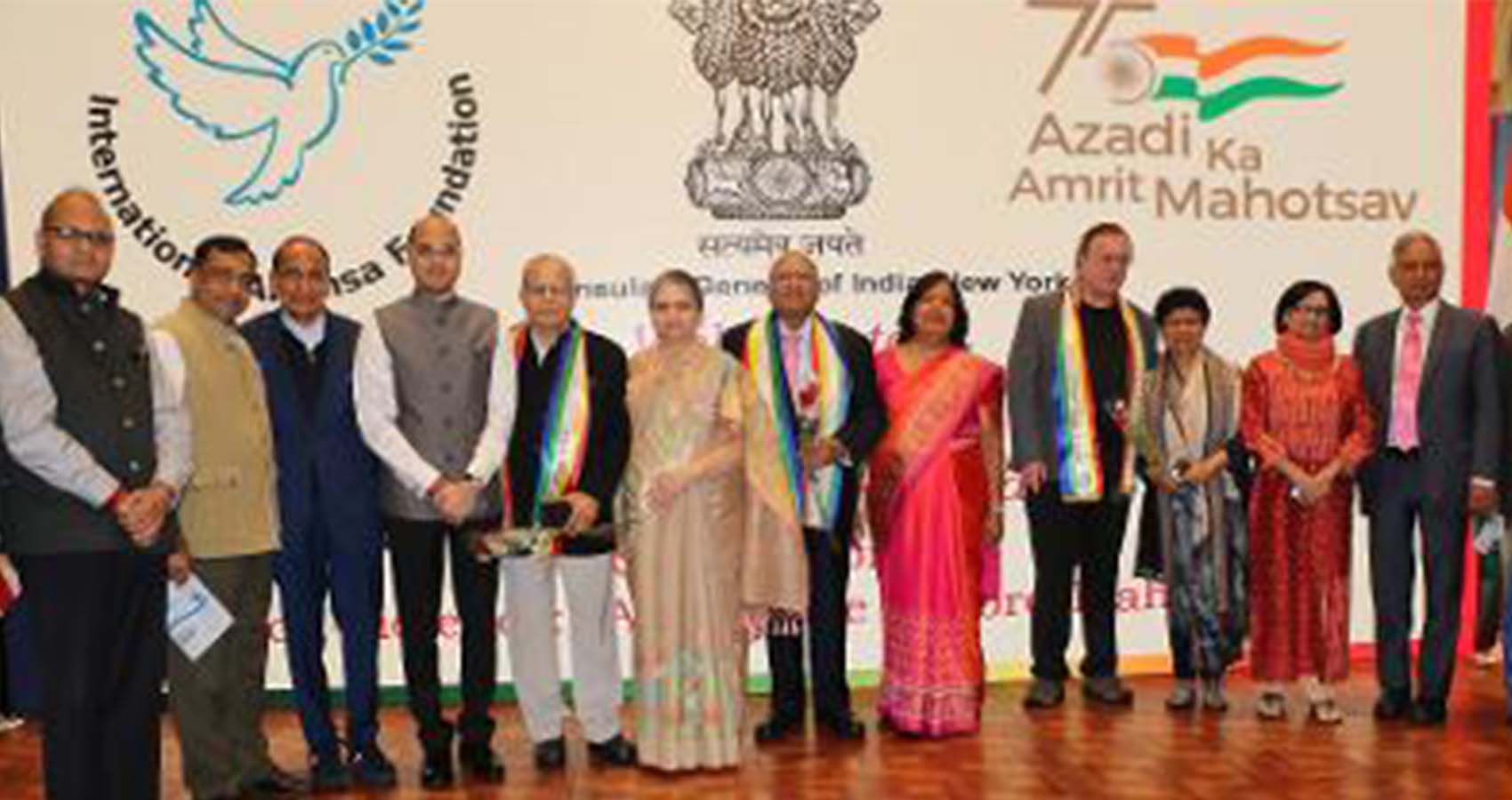
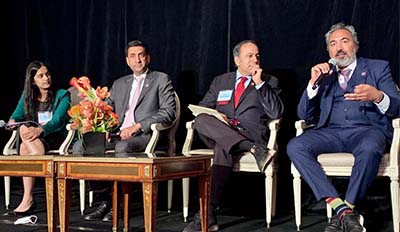

 In this traditional dance form, women clad in traditional Kerala attire with gold brocade attached to it and wearing jasmine garlands on their heads, rhythmically moved around a lighted Nilavilakku, singing and clapping their hands, to the tune of a particular genre of songs called Thiruvathirappaattu, which is meant solely for this graceful dance.
In this traditional dance form, women clad in traditional Kerala attire with gold brocade attached to it and wearing jasmine garlands on their heads, rhythmically moved around a lighted Nilavilakku, singing and clapping their hands, to the tune of a particular genre of songs called Thiruvathirappaattu, which is meant solely for this graceful dance. The cultural events consisted of several live dances, classical Bharatnatyam, fusion, Bollywood, folk and contemporary dances, live music and songs, sung in Malayalam, a language spoken by Malayalees around the world. Children from the ages of five to older adults delighted the audience with their melodious voices, and several dances both cinematic and traditional art. Through “Oppana” another traditional art from Kerala, a group of young talented kids presented yet another tradition of Kerala.
The cultural events consisted of several live dances, classical Bharatnatyam, fusion, Bollywood, folk and contemporary dances, live music and songs, sung in Malayalam, a language spoken by Malayalees around the world. Children from the ages of five to older adults delighted the audience with their melodious voices, and several dances both cinematic and traditional art. Through “Oppana” another traditional art from Kerala, a group of young talented kids presented yet another tradition of Kerala. Another attraction and a much appreciated item powerfully portrayed by a group of talented young girls was a Dance Drama called “Jatayu Moksham” derived from the Epic Ramyayana, where Sita was kidnapped by Ravana, who was instigated by his sister Shurpanaka, who wanted to take revenge on Ram and Lakshman for “humiliating’ her by not giving into her urges to marry her.
Another attraction and a much appreciated item powerfully portrayed by a group of talented young girls was a Dance Drama called “Jatayu Moksham” derived from the Epic Ramyayana, where Sita was kidnapped by Ravana, who was instigated by his sister Shurpanaka, who wanted to take revenge on Ram and Lakshman for “humiliating’ her by not giving into her urges to marry her. In his Onam message, Mahabali told the audience that the “beauty of the festival lies in its secular fabric. People of all religions, castes and communities celebrate the festival with equal joy and verve. Onam also helps to create an atmosphere of peace and brotherhood by way of various team sports organized on the day,” he added.
In his Onam message, Mahabali told the audience that the “beauty of the festival lies in its secular fabric. People of all religions, castes and communities celebrate the festival with equal joy and verve. Onam also helps to create an atmosphere of peace and brotherhood by way of various team sports organized on the day,” he added.
 Onam is a festival celebrated in the south-western state of Kerala, India. The Keralites or the Malayalees, the illustrious people of the beautiful state are known around the world, celebrate the festival of Onam wherever they are.
Onam is a festival celebrated in the south-western state of Kerala, India. The Keralites or the Malayalees, the illustrious people of the beautiful state are known around the world, celebrate the festival of Onam wherever they are.
 The cultural show on the stage near the Madison Square Garden after the parade too drew very few people than earlier years, thanks to the rising temperature. Participation from different religious groups was noteworthy this year too – Hindu, Jain, Sikh, Muslim (Ahmadiyya) and Christian groups marched in the parade with their banners showcasing the inclusive culture of India.
The cultural show on the stage near the Madison Square Garden after the parade too drew very few people than earlier years, thanks to the rising temperature. Participation from different religious groups was noteworthy this year too – Hindu, Jain, Sikh, Muslim (Ahmadiyya) and Christian groups marched in the parade with their banners showcasing the inclusive culture of India. A few people associated with an organization named ‘
A few people associated with an organization named ‘
 The City joined hands with the Indian Diaspora in Connecticut for a celebration organized by the Connecticut Chapter of Global Organization of People of Indian Origin (GOPIO-CT) by hoisting American, Indian and Connecticut flags at the Government Center in Stamford. Mayor Martin, who was present at the flag hoisting ceremony along with Indian Consul Vipul Mesariya, and Connecticut Attorney General William Tong.
The City joined hands with the Indian Diaspora in Connecticut for a celebration organized by the Connecticut Chapter of Global Organization of People of Indian Origin (GOPIO-CT) by hoisting American, Indian and Connecticut flags at the Government Center in Stamford. Mayor Martin, who was present at the flag hoisting ceremony along with Indian Consul Vipul Mesariya, and Connecticut Attorney General William Tong. The celebration sponsors are First County Bank and Wadia Associates of New Canaan. The program included remarks by the honored dignitaries, brief entertainment of music, presenting a community service award and recognizing high school graduates followed by flag hoisting. If you know any 2019 high school graduates from Connecticut School Systems,.
The celebration sponsors are First County Bank and Wadia Associates of New Canaan. The program included remarks by the honored dignitaries, brief entertainment of music, presenting a community service award and recognizing high school graduates followed by flag hoisting. If you know any 2019 high school graduates from Connecticut School Systems,.